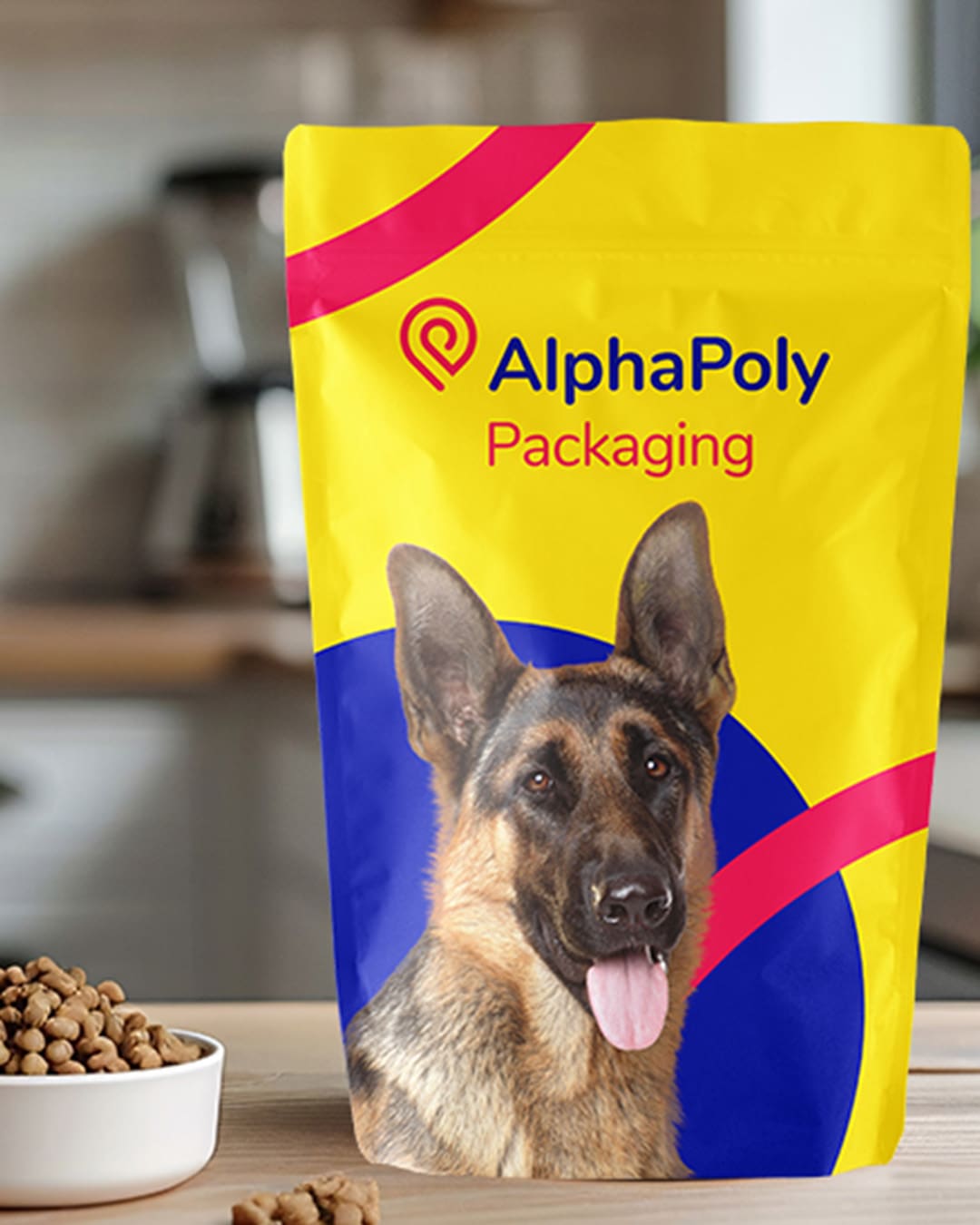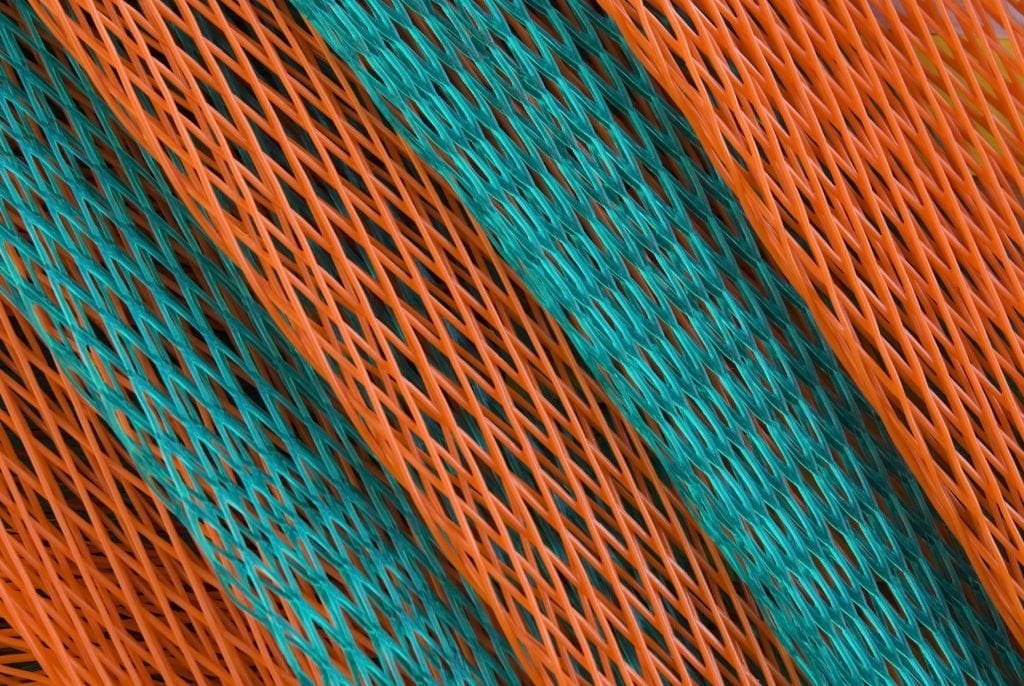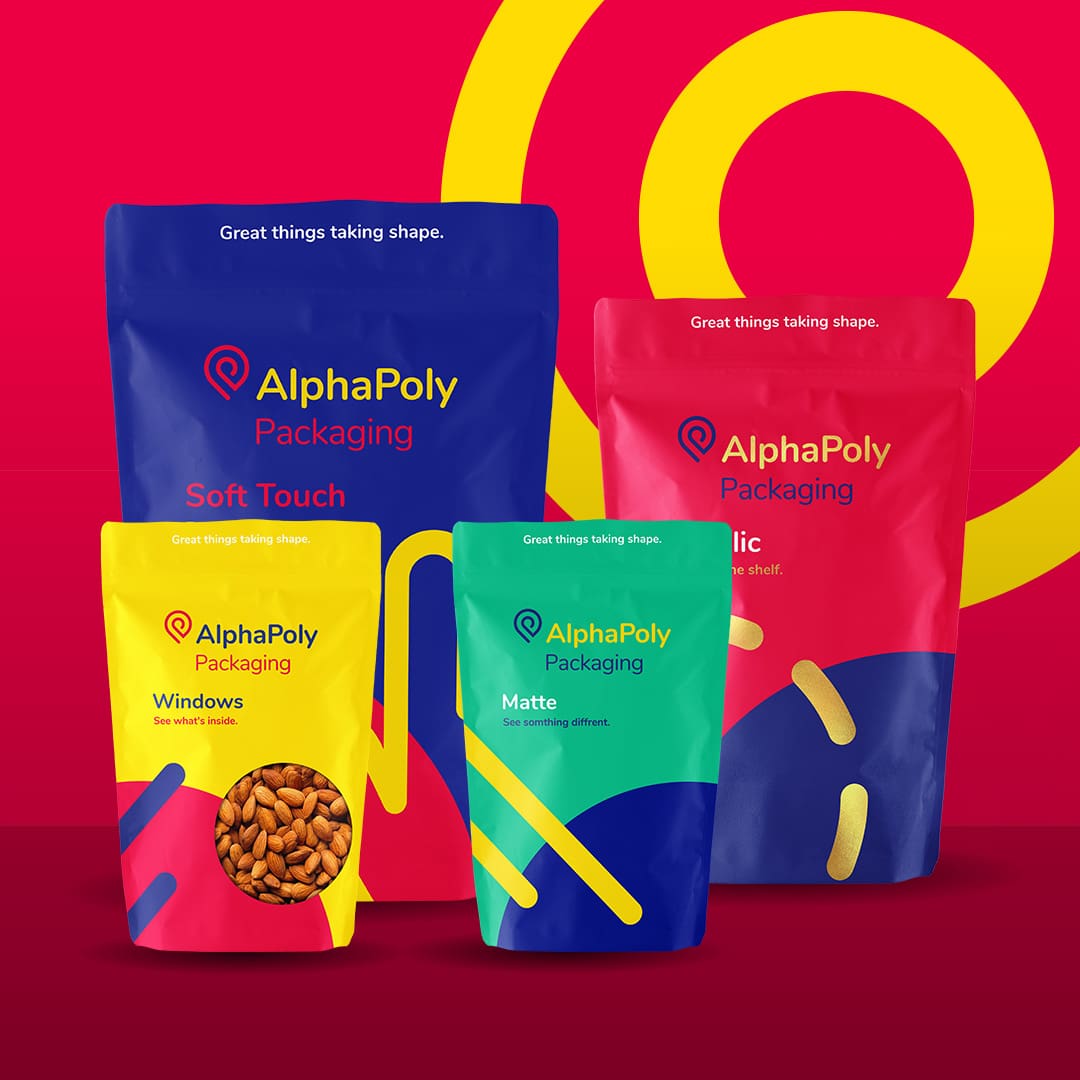Packaging waste is something we likely all experience in our daily lives. From cavernous voids in delivery boxes, to plastic shells that you need garden shears to cut through, to endless packs within packs resembling Russian dolls. Packaging waste is everywhere and as frustrating as it is for consumers, the environment has more than had enough.
In the US alone the EPA estimates that packaging represents 30% of all landfill waste, while in Canada only 9% of packaging ends up being recycled. None of this counts the millions of tonnes that end up as litter on land or in bodies of water.
Reducing packaging waste is difficult though. By design packaging serves many important purposes that cannot be simply sacrificed for both business and consumer reasons. However by creatively rethinking packaging materials, design, and use brands can start to do their part to switch to sustainable packaging without giving up its purpose. With significant benefits for the environment, consumers, and businesses; committing to reducing packaging waste is a win-win-win. Lets dig in.
Packaging’s purpose
With any effort to reduce packaging waste it’s important to remember that packaging serves several critically important purposes that need to be weighed when making any decision. Reducing packaging waste is always possible but how each of these purposes plays into your product design and strategy will determine to what degree.
Function: Packaging gives protection from crushing, leaking, spoiling, pathogens, tampering, theft and more at different times throughout its shipping, display, or use.
Attraction: Packaging draws a consumer in to consider purchasing a product in real life or online where size, shape, design and colour play important roles.
Promotion: Packaging displaying important information about a product such as its flavour, selling points, use and more.
Facilitation: Packaging gives consumers helpful and often mandatory information to facilitate making a purchase such as ingredients, complimentary products, contents, and certifications.
Differentiation: Packaging helps brands differentiate themselves from competitors by offering a place for company name, logo, colours and imagery to reinforce branding and recognition.
With these purposes front of mind let’s look at 3 ways to make sustainable choices with packaging and product design.
Rethink materials
Rethinking material choices for packaging is a first step to reducing waste but maintaining purpose. Today sustainable packaging options are available in recyclable, compostable, renewable, or post consumer materials that are as effective as traditional materials. With many of the typical finishings and treatments available for these types of materials, no packaging function has to be sacrificed.
Add to this that packaging partners offer advanced flexible printing technology as well as cutting processes that can be used on sustainable materials. This means no sacrifices are needed for attraction, promotion, facilitation, or differentiation. Flexible packaging also offers other advantages like needing less overall material, using less resources to make it, and costing less for shipping and storage. Each year the FPA Awards do a great job at highlighting brands who use effective sustainable packaging that doesn’t sacrifice on purpose.
Rethink design
Packaging design is a careful balance between style vs. substance but can be an area where brands can make efforts to be more sustainable and reduce packaging waste. Product safety needs to be top of mind but optimizing packaging for space gives both environmental savings with less material used and also per unit savings for production, shipping, and storage.
Brands can cut material use and costs for add ons like labels, booklets, inserts, and more by printing graphics and information directly on packaging where practical. Rethinking design can also include a greater effort to reduce the use of multiple material types in packaging. This can make point of disposal easier and more accurate for consumers.
Rethink marketing
A concern brands may have with any effort to rethink design or material use is that they may be sacrificing elements of their branding that give them a premium look and feel. Optimizing for size and materials means giving up surface area, inserts, or a window and could result in less impactful branding. However this can actually be an opportunity to rethink promotion and use less packaging waste as a marketing opportunity.
This summer Nestle used their efforts to reduce packaging waste as a marketing opportunity. Brands across their global portfolio highlighted sustainable packaging efforts via social media channels. Notably many of these brands undertook physical design changes to their packaging like Smarties bars switching to recyclable paper wrappers or UHT Milk switching to paper straws. The result has been months of positive press for Nestle.
By using less packaging or sustainable materials as a marketable feature many brands are tapping into growing numbers of eco-conscious consumers who are more than willing to pay a premium price for eco-friendly products.
Your sustainable packaging partner
Reducing packaging waste while maintaining purpose is a challenging but achievable goal. For most brands even modest efforts around rethinking material, design, and marketing can go a long way to creating a win-win-win for the environment, business and consumers. Having a right packaging partner that understands how to balance form vs. function is an invaluable resource for achieving sustainability goals.
At AlphaPoly we offer our clients a reliable partnership for their packaging solutions that draws on more than 30 years of industry experience and knowledge. We pride ourselves on being nimble and responsive to our clients needs and we offer a wide variety of traditional and sustainable packaging options that are tailor made for our clients industries.
Find out how AlphaPoly can elevate your brand today, contact us to learn more.





